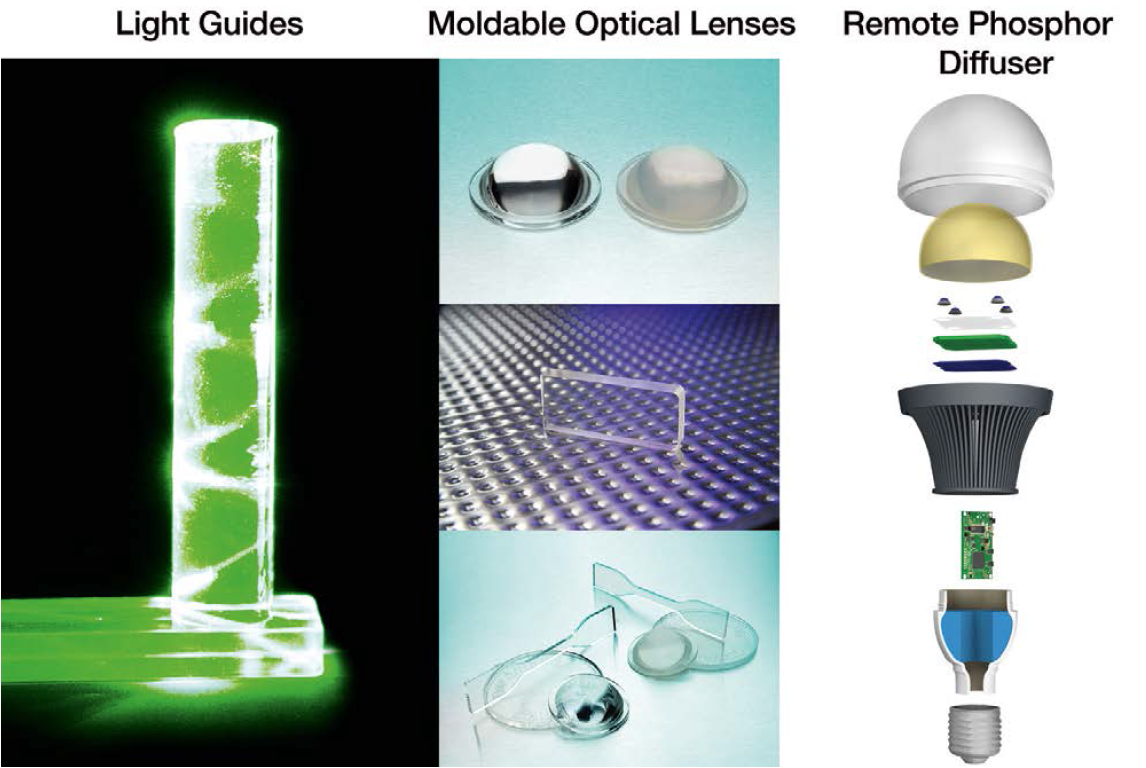
In my last article, I reviewed examples and case studies on how glass (as luminaire lens material) can be successfully employed in various LED lighting applications to both optimize lighting efficiency and economic paybacks (ROI, TCO, etc.) in standard operating environments (i.e., temperatures > 32°F and 0°C). In this article, the final entry in this series, I’m going to discuss ways in which a fabricated conductive/heatable glass lens can enable LED lighting to be effectively used in extreme environmental conditions that, to this point, have represented a hurdle towards wider market adoption.
LEDs offer high levels of flexibility and customization (output levels, color temperature, etc.) for lighting applications and, as such, have been and will continue to be adopted in almost every lighting market segment (as shown in the following diagram from the McKinsey Global Lighting Report of 2012).
As you can see, most areas in lighting are quickly migrating towards LED technology. However, three segments seem to be lagging slightly behind: Office, industrial and outdoor. For office lighting, this can be rationalized by the still highly competitive position (in price and energy efficiency) of fluorescent (linear and compact) technology for this market. For industrial and outdoor, though, there is a different roadblock stagnating LED adoption and that is simply the environmental conditions where these lighting applications operate. In industrial and outdoor lighting applications, luminaires are seeing extreme weather conditions ranging from extreme hot to extreme cold (i.e., temperatures < 32°F and 0°C) with rain, snow, ice and hail exposure. These conditions, as you will see, prove to be an inherent problem for LED-based lighting.
In traditional outdoor lighting technology like Incandescent and High-Intensity Discharge (HID) high levels of Infrared (IR) energy (see spectrum below) or “heat” are generated by the light source itself.
Diagram courtesy of Guardian Industries
With this IR heat comes higher energy consumption and lower levels of efficiency/efficacy, which has allowed LEDs to become a more-attractive technology long-term. However, the absence of this IR heat generation from LED lighting vs. Incandescent and HID technology (as shown in the following output spectra) makes it difficult to use LEDs in lighting applications where it is necessary to remove snow and ice from the lens surface – such as outdoor and industrial.
Diagram courtesy of Guardian Industries Corp.
As you can see, the LED output is highest in the visible range and low in the Ultraviolet (UV) and Infrared (IR) ranges of the spectrum. This means great visible light quality and low levels of UV damage and heat being generated which is good in terms of safety and efficiency. However, this is bad news when you need that IR energy to remove snow and ice from your luminaire, which is “built into” HID light sources. This issue has limited the market space potential for LED lighting in outdoor and industrial lighting applications.
LED luminaire OEMs have a number of ways to resolve this problem including:
- Redirect heat from the heat sink into a cavity in the area between the light source and lens;
- Integrated a conductive laminate interlayer (tungsten “wiggle wire”) on the lens;
- Integrate a conductive coating on to the lens surface itself.
Let’s now assess each of these options. The redirection of the heat from the heat sink into the optical cavity is an easy fix but compromises the lifetime of the LEDs junction (one of its major commercial advantages). Integrating a laminated conductive interlayer is another easy fix but increases luminaire cost and weight and compromises optical integrity and clarity. Putting the heat directly where it needs to go, on the lens, clearly makes the most sense for LED lighting applications.
Now the question is on the lens material itself to use to accomplish this.
- Plastics (PMMA Acrylic, Polycarbonate, etc.) are commonly used in LED luminaires but have limited ability to conduct heat or survive long-time exposure to it without degradation.
- Glass is a proven material in this regard with its ability to be thermally stable > 1,100 °F and 600 °C.
By using a Transparent Conductive Oxide (TCO) coating on glass, we can provide a highly transparent yet conductive (15 – 20 ? /square) lens surface to create heat but still maintain high levels of optical efficiency (> 85 percent) with long-term thermal stability (because the coating itself has seen stable > 1,100°F and > 600°C in the tempering process). The electrical interconnection can then be easily made through silk-screening buss bars with a conductive paint (such as Ag) onto the surface which are fired into the TCO coating during the tempering process. By adding an Anti-Reflective (AR) coating, which has been covered in my earlier articles, you can raise the efficiency to > 90 percent. The following diagram shows the configuration of such a fabricated monolithic heatable glass lens component.
Diagram courtesy of Guardian Industries Corp.
This monolithic heatable glass configuration would provide the following optical performance vs. traditional TCO technologies (Pyrolitic Fluorine Doped Tin Oxide) allowing for > 90 percent optical efficiency in the visible to be met with a single monolithic 5 mm glass lens while providing a conductive surface to heat the glass up to > 200°F (100°C) in temperatures down to -67°F (-55°C).
Diagram courtesy of Guardian Industries
In terms of heating the glass with this TCO coating, the following parameters and options are available for consideration and customizable during the luminaire design stage:
- Input Power/Supply Voltage up to 100 V AC/DC
- Operating Power Density range of 0.1 to 9 W/in² which, in consideration, with the following other attributes will determine the maximum surface temperature and heating ramp rate:
- Input Power/Supply Voltage
- Surface Area and Shape (rectangle, square, circle, etc.)
- Terminals (Buss Bar) Size and Distance/Location
- Electrical and Mechanical Interconnects
- Terminal/Wires
- Toggle Pins
- Manual or Automatic Heating
- Manual: Simple ON/OFF control
- Automatic: Thermocoupler with Feedback Loop
Last, because this heatable glass lens is tempered glass, it enjoys all the historical benefits associated with glass lenses that I mentioned in my first article including mechanical durability, chemical durability, environmental durability, and strength/impact resistance while providing the heating function.
In summary, we can form the following key takeaways about the use of a heatable glass lens to optimize optical efficiency for LED lighting in applications in extreme cold environments:
- It further opens up the available market space for LED lighting into segments like Industrial and Outdoor where extreme environments requiring the melting of snow and ice prevented implementation and adoption;
- It allows heat, to be focused on the lens area itself which reduces the risk to the lifetime of the LED light source itself;
- It can heat the lens and, with the addition of an AR coating, can still reach > 90 percent optical efficiency; and
- It offers a high-level of design flexibility and customization in terms of performance (optical and heating temperature and ramp rate) as well and serviceability (mechanical and electrical interconnections).
This is my final installment for the series on using glass in LED lighting and I’m confident that you will now look at glass in lighting a bit differently now than before. I hope that you will consider using glass as a lens material in LED lighting applications where you need to increase performance and differentiate your luminaires for competitive advantage.
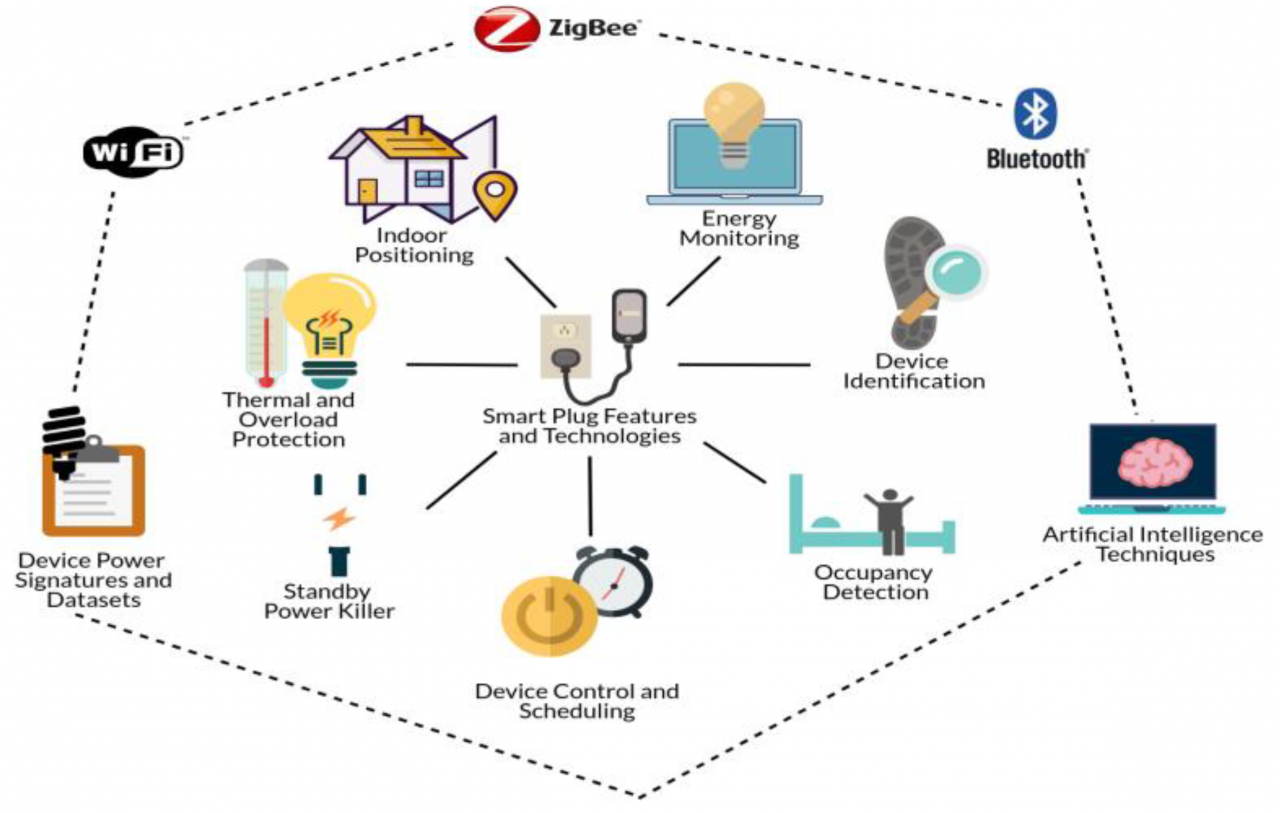

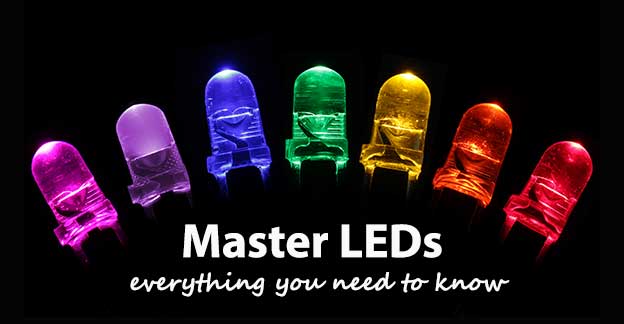
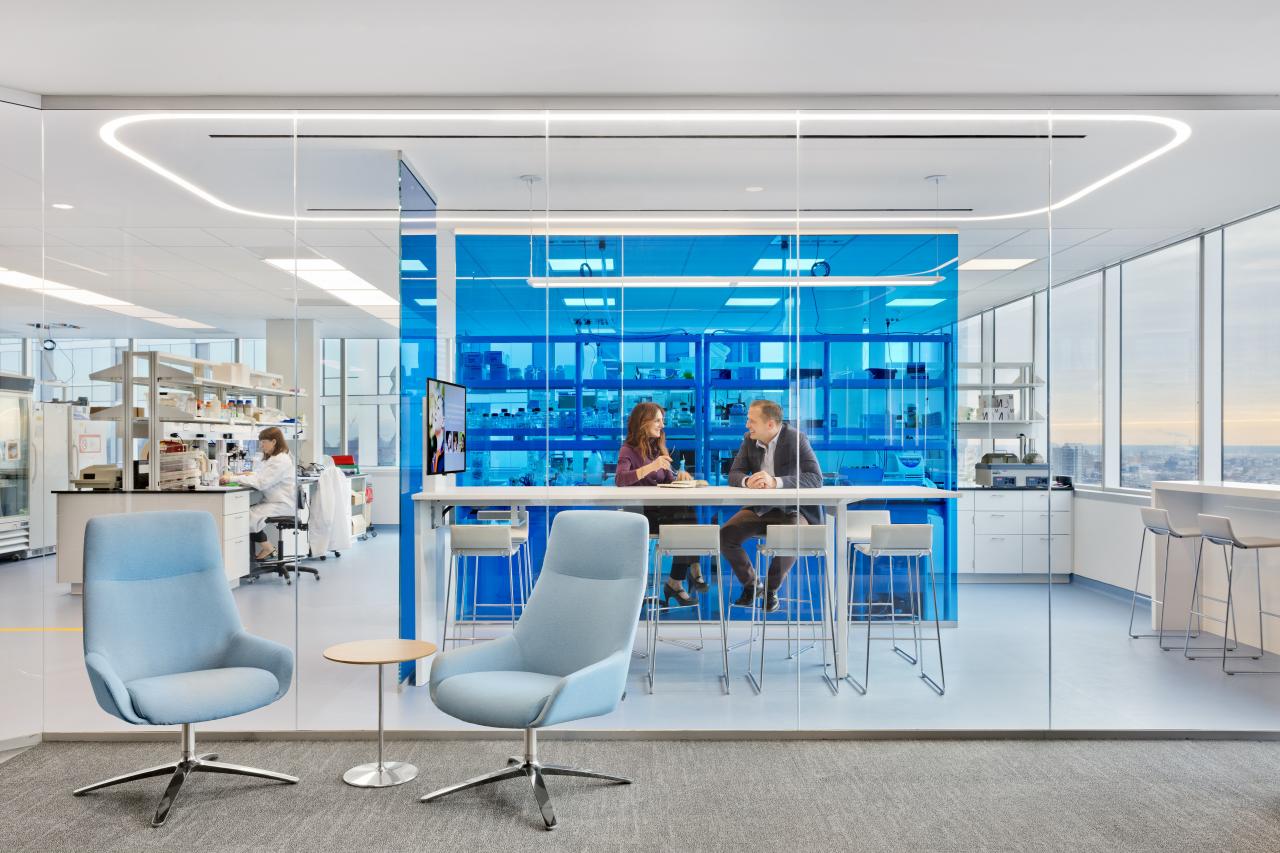


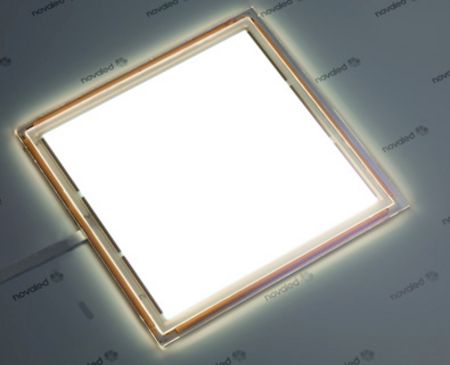

:max_bytes(150000):strip_icc()/186025674-F-56b005dd3df78cf772cb2324.jpg)
